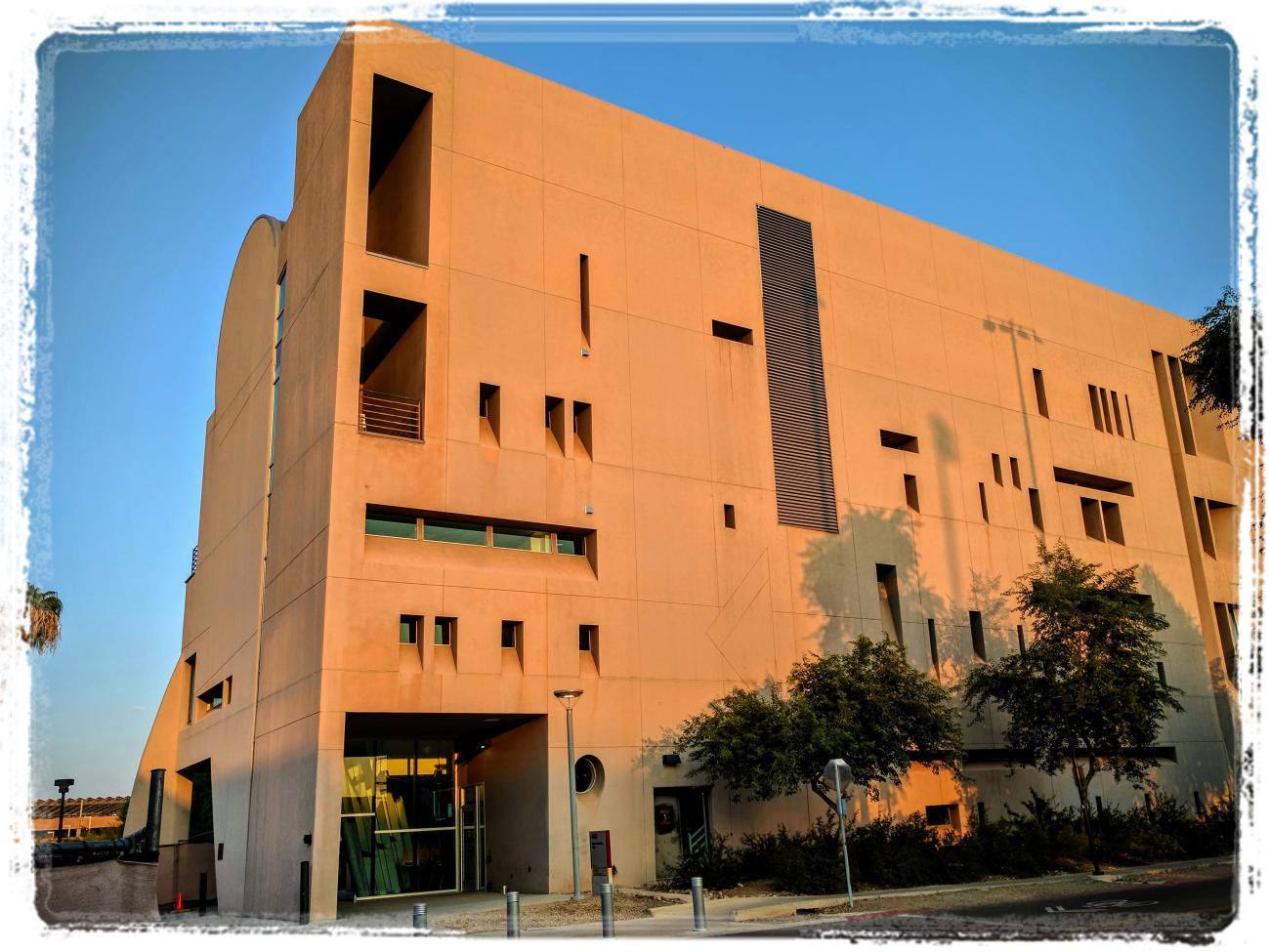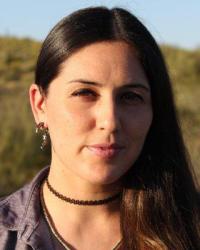Celina Osuna, a PhD English literature student and teaching assistant, wants to change the way we see the desert by using her work to acknowledge its beauty and importance.
Before finding her academic home here at Arizona State University, Osuna was born in El Paso, Texas and studied in Glasgow, Scotland. It was in Glasgow where Osuna encountered revelations about location and literature.
Learning to negotiate Glasgow’s dramatically different landscape was one surprising adjustment for Osuna. While she loved El Paso’s warmth and big, starry skies, she learned to appreciate Glasgow’s rainy, green cityscape. “I never lived somewhere where I could walk, and everything is easy and nearby,” she said. “It gave me a condensed sense of space where I felt connected to a particular space.”
Osuna’s interest (and exploration in) desert literature was sparked after taking a course in which she was required to read the book, Desert Solitaire. It made a deep impact on her. “It spoke to me, with the fact that I was homesick, cold, and missing the sun.” The book also inspired a new way of thinking and viewing the desert: “Maybe this is an avenue I can explore. The desert southwest can be written off as kitschy or somehow dismissed. It’s not talked about the way other landscapes are.”
Osuna tackles tropes and looks for the relationships that society has with the desert by looking at the different aesthetics of the desert southwest. As she ties in elements of heat, borders, and identities, she states, “It’s important for people to recognize what the desert can hold, it’s about what we value and know about our environment. People may see the desert as ugly compared to beaches or forests. The desert had its own like biology and life that has adapted to being in extreme situation. It’s a place where you’re confronted with time. It’s easy to write off as a wasteland but that’s what my work is trying to combat.”
Osuna’s research on desert relationships explores topics in works of film and literature such as Blood Meridian and West World, and in artwork like James Turrell’s Skyspace and Roden Crater.
Osuna blends geography and philosophy into her scholarship, researching the way the desert is perceived: “Geography brought my attention to space, place, scale, and time.” As she puts it, her “imaginary thought” works with geographers’ “physical studies” to put both experience and analysis in her work.
“I’m trying to contribute an appreciation and deeper understanding of beauty and life that exists in the desert and why it’s just as important as forests or oceans.” She wants her work to change the perception of the desert and the values we fixate on, reminding us that the desert is an overlooked and dismissed landscape but has a beauty within itself that goes ignored.
Image 1: Celina Osuna. ASU Directory photo.
Image 2: Celina Osuna at Roden Crater, spring 2019. Photo courtesy Osuna.


